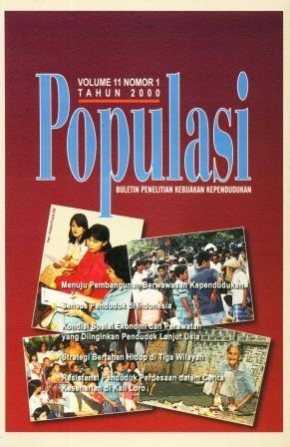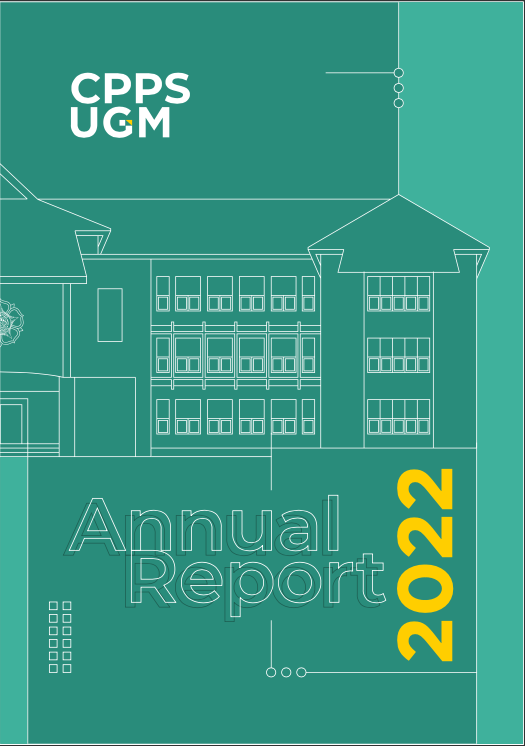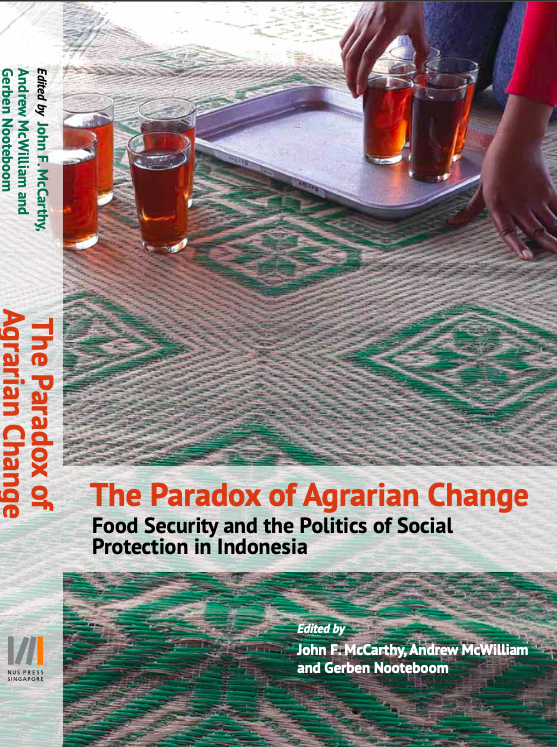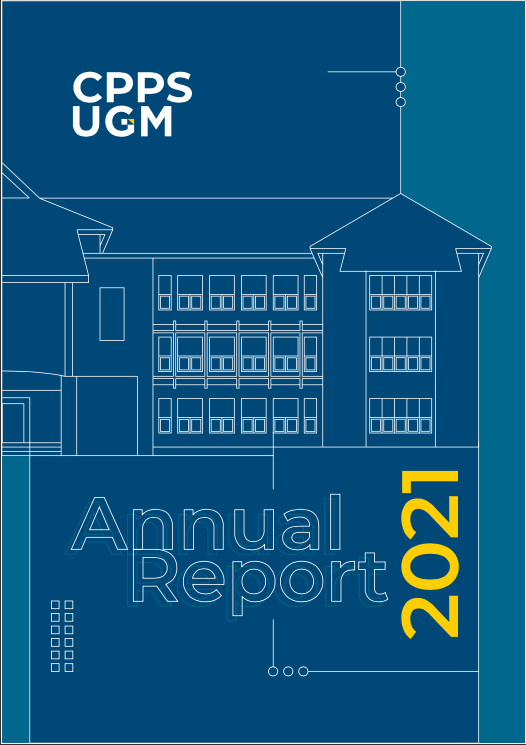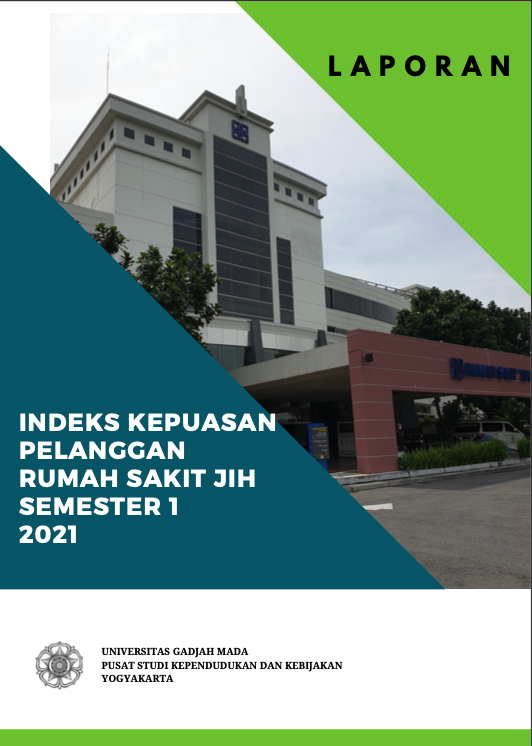Populasi Volume 11 Nomor 1 Tahun 2000
|
Menuju Pembangunan Berwawasan Kependudukan
Prijono Tjiptoherijanto
The economic crisis in Indonesia may be interpreted as effects of a strategy of economic development which has been unsuited to the Indonesian condition and potency. The strategy, so far has been oriented to the static development, top-down, and too formal. Therefore, it should be readapted to be more populist in order to promote the interest and needs of ordinary people. The bottom-up strategy development with a basic populist concept has a primary goal to equalize the interest and welfare of ordinary people, instead of emphasizing the levels of economic development. This strategy, is an effort to optimizing the distribution of its own natural resources, thus the development will correspond with the potency and specific issues of each region.
Sensus Penduduk di Indonesia
Tukiran
Although the population registration in Indonesia has long been put through, the result is still unreliable, thus population census should be considered as a major source in providing data of population and households. Since its independent status, Indonesia has carried out the census for five times: in 1961, 1971, 1980, 1990, and in 2000 with the goals of providing a considerable amount of details of population data such as: buildings and households, village potential (potensi desa or podes), and main pattern frames for survey and others census applications.
The collected data contain information of households and individuals by the census taking system both de jure and de facto for the entire population of Indonesia, including those living abroad such as diplomatic corps with their family members. For the 2000 population census of Indonesia or SP 2000, the data of household and population by temporary residence status, have been put through by the national Central Bureau of Statistic, whereas the data of those by permanent residence status have been carried out by the Regional Central Bureau of Statistic, which are all predicted would be finished before the end of the year of 2000.
Kondisi Sosial Ekonomi dan Perawatan yang Diinginkan Penduduk Lanjut Usia
Sukamdi, Umi Listyaningsih, Faturochman
The number of elderly in the province of Yogyakarta Special Region has showed an absolute and relative tendency to increase. The average increase from 1971 to 1995 which was 3.27 percent per year cannot be separated from the uprising of people life expectancy. The increasing of life expectancy, in one hand indicates to be positive phenomena, but in another hand, brings forth the problem of cares. The changes of time and family structures have affected the cares of aging people which was different from what they did to their parents. This study which applies both qualitative and quantitative methods in the sub-district of Umbulharjo, Kraton, and Pakualaman, within the city of Yogyakarta shows that the majority of elderly has disapproved the presence of special institutions for them. To take care of aging persons has been regarded as an obligation of every child to indicate devotions to their parents. Furthermore, for elderly living with children and grandchildren, may also serve as motivation of life enthusiasms and to keep away from loneliness as the most troublesome psychological problems.
Strategi Bertahan Hidup di Tiga Wilayah
Dyah Ratih Sulistyastuti dan Faturochman
The paradigm of trickle-down effect development is not occurred by itself. Thus, there are some groups within the society that still have not derived from the outcome of the development. Those groups remain living in poverty which needs government attention. Although the government has intervened to undertake poverty in the forms of the national development programs, have not been able to achieve their goals due to the various drawbacks and implementations. These obstructions have frequently related with the decision of the aspects of real target groups, and the problems of the unequal distribution. Besides problems of implementation, these programs had not meet with success in providing empowerment and sustainability, therefore, the poor had to actively create a strategy for survival. In discussing issues about poverty, it is imperative to further examine not only the causes and the problems of it, but also another important issue such as efforts of the suffering society to overcome its problem. Various strategies as a response of the limitations of government role towards society can be categorized into two levels: the households that would be the focus of the discussion, and the community levels.
Resistensi Penduduk Perdesaan Dalam Cerita Keseharian di Kali Loro
Gutomo Bayu Aji
This analysis is revision of fieldwork journals during the exploration stages at Kali Loro collected in 1999. Data have been acquired through friendly approach, direct observation, and unstructured personal interview. Data analysis was carried out by applying the resistance concept which is defined by James C. Scott of daily narrations in Kali Loro. From the three presented narrations, they show that the kind of resistance contended by Kali Loro inhabitants is in concord with the nature of resistance proposed by Scott. While the first and the second narrations are in accordance with the hidden transcript category, the third one conforms to public transcript category. The resistance takes place in the forms of superior and subordinate structures in a meeting point process of the conflict of interest between class identity and class awareness.
——————————
Cara Berlangganan
1. Mengisi formulir berlangganan
2. Transfer biaya langganan melalui rekening Bank Niaga Cabang Soedirman Yogyakarta, No. Rek. 018-01-1412-00-3, atas nama YP3K UGM
- Harga eceran: Rp 15.000,00 / eks
- Langganan P. Jawa: Rp 40.000,00 / tahun (sudah termasuk ongkos kirim)
- Langganan Luar P. Jawa: Rp 50.000,00 / tahun (sudah termasuk ongkos kirim)
3. Fax formulir berlangganan dan bukti transfer ke 0274 – 556563 atau 582230
Petunjuk Bagi Penulis
Redaksi menerima kiriman artikel dengan ketentuan sebagai berikut:
1. Artikel belum pernah dipublikasikan oleh media cetak lainnya.
2. Artikel dapat berupa hasil penelitian (lapangan, laboratorium, kepustakaan), gagasan konseptual kajian, dan aplikasi teori, serta ulasan buku.
3. Naskah ditulis dalam bahasa Indonesia atau bahasa Inggris, diketik spasi 1,5 pada kertas ukuran kuarto atau A4, jumlah halaman antara 25 sampai dengan 30 halaman, termasuk daftar pustaka, tabel, dan gambar/peta.
4. Artikel ditulis dalam bentuk esai dan berisi:
- Abstrak (50-75 kata) dengan bahasa yang tidak sama dengan bahasa artikelnya,
- kata-kata kunci (2-4 kata),
- identitas penulis (CV ringkas),
- pengantar/pendahuluan (tanpa sub-bab) memuat latar belakang masalah, sedikit tinjauan pustaka, masalah atau tujuan, dan kerangka pemikiran teoritis. Pembahasan disajikan dalam sub-bab-sub-bab,
- kesimpulan/penutup,
- daftar rujukan / pustaka yang diacu harus pakai dan masuk dalam artikel.
5. Daftar pustaka ditulis dengan tata cara mengurutkan secara alfabetis dan kronologis, sebagai berikut:
- Buku: nama penulis, tahun penerbitan, nama buku (dimiringkan), kota penerbitan, dan nama penerbit
- Salah satu bab/bagian dalam buku: nama penulis, tahun penerbitan, judul bab/bagian (ditulis dalam tanda petik), dalam nama buku (dimiringkan), nama penulis buku, kota penerbitan, nama penerbit, halaman … hingga …
- Jurnal/majalah: nama penulis, tahun penerbitan, judul artikel/jurnal/, volume … nomor … halaman … hingga …
6. Naskah dikirim sebanyak dua eksemplar disertai file artikel (CD) dengan menggunakan pengolah kata (Microsoft Word) ke Redaksi Populasi, Pusat Studi Kependudukan dan Kebijakan UGM, Bulaksumur G-7, Yogyakarta 55281. Dapat pula dikirim melalui email populasi@cpps.or.id
7. Kepastian pemuatan atau penolakan naskah dikirim secara tertulis. Artikel yang tidak dimuat tidak akan dikembalikan, kecuali atas permintaan penulis.
